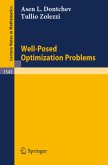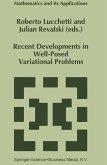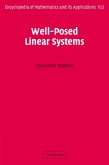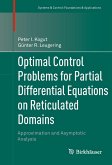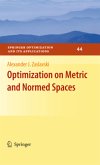This monograph presents an original method to unify the mathematical theories of well-posed problems and contact mechanics. The author uses a new concept called the Tykhonov triple to develop a well-posedness theory in which every convergence result can be interpreted as a well-posedness result. This will be useful for studying a wide class of nonlinear problems, including fixed-point problems, inequality problems, and optimal control problems. Another unique feature of the manuscript is the unitary treatment of mathematical models of contact, for which new variational formulations and convergence results are presented. Well-Posed Nonlinear Problems will be a valuable resource for PhD students and researchers studying contact problems. It will also be accessible to interested researchers in related fields, such as physics, mechanics, engineering, and operations research.
This book serves as a comprehensive resource for advanced graduate studies in MTCM, effectively bridging the theoretical concepts of MTWP with practical applications in MTCM. Authored by a pioneer in the field, it is invaluable for both novice and seasoned researchers. The book's meticulous writing, coupled with its reliance on only basic prerequisites in general topology, functional analysis, and solid mechanics, makes it highly accessible to a broad audience. (Hicham Benaissa, Mathematical Reviews, May, 2025)
This book aims at drawing a link between the theory of well-posedness for various types of problems (i.e., differential problems, variational inequalities, split vs. dual problems, etc.) and the theory of modelling for contact mechanics. In particular, the author provides a huge amount of specific examples where he uses the theoretic results that he built. (Davide Buoso, zbMATH 1544.47001, 2024)
This book aims at drawing a link between the theory of well-posedness for various types of problems (i.e., differential problems, variational inequalities, split vs. dual problems, etc.) and the theory of modelling for contact mechanics. In particular, the author provides a huge amount of specific examples where he uses the theoretic results that he built. (Davide Buoso, zbMATH 1544.47001, 2024)




